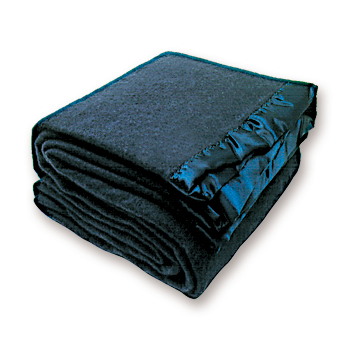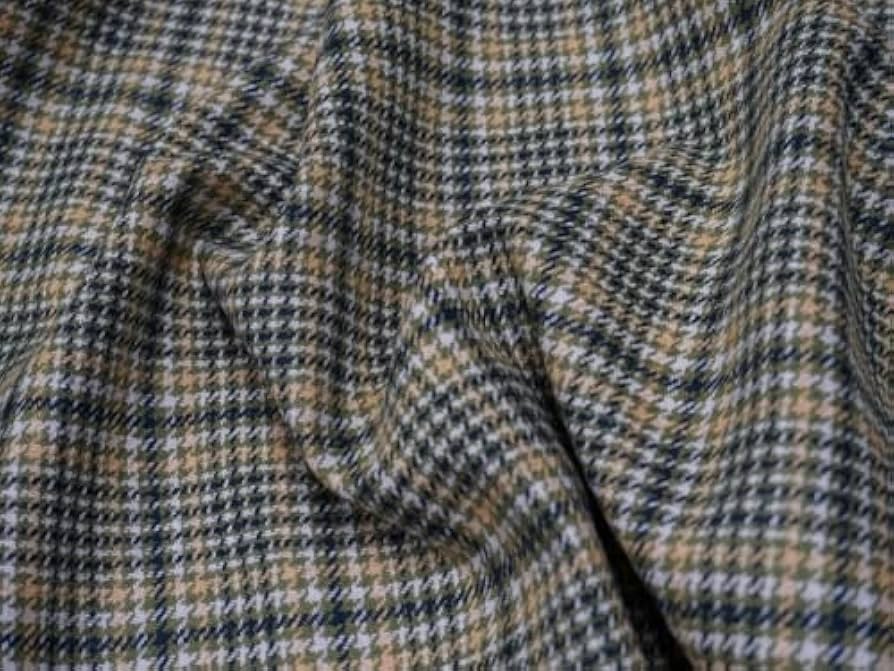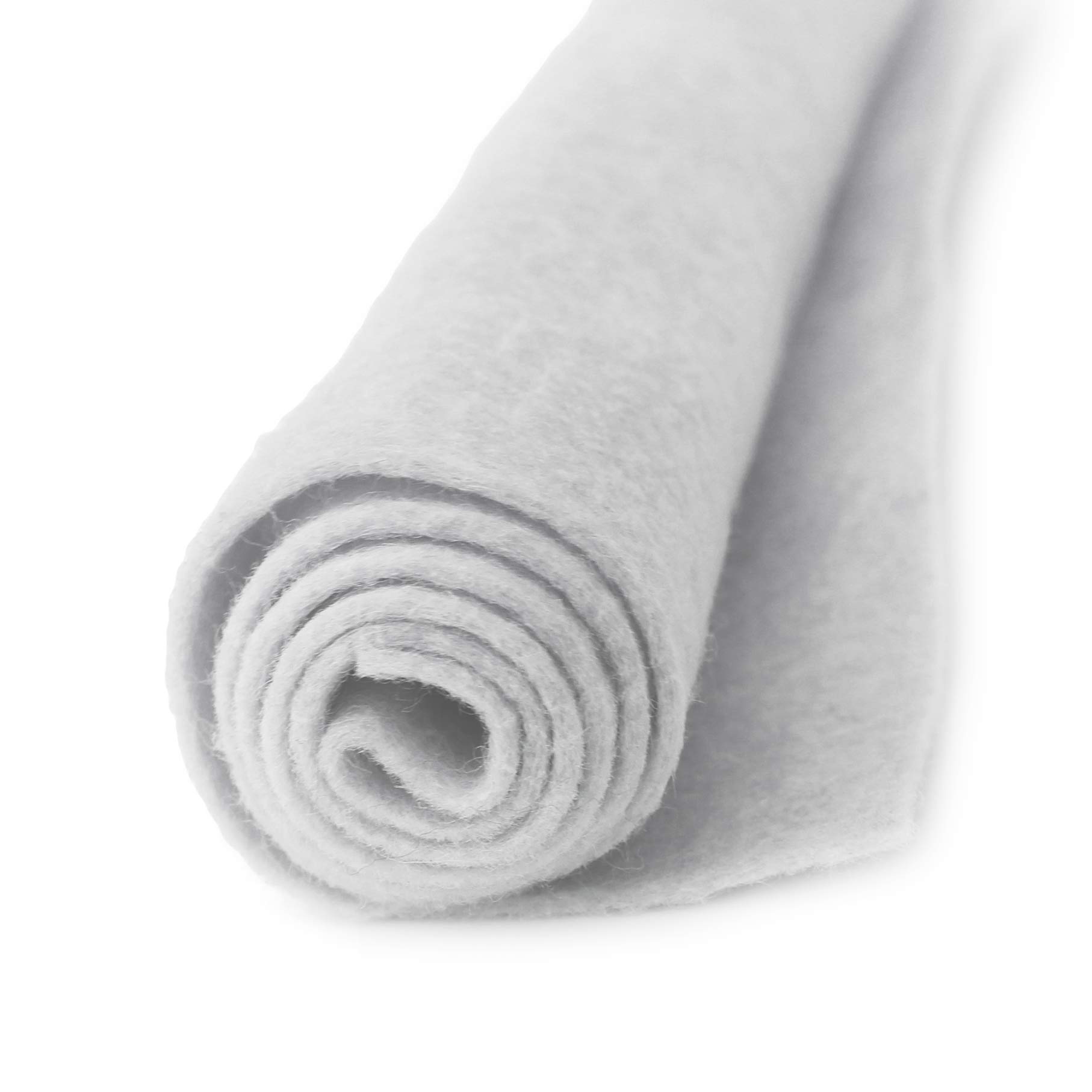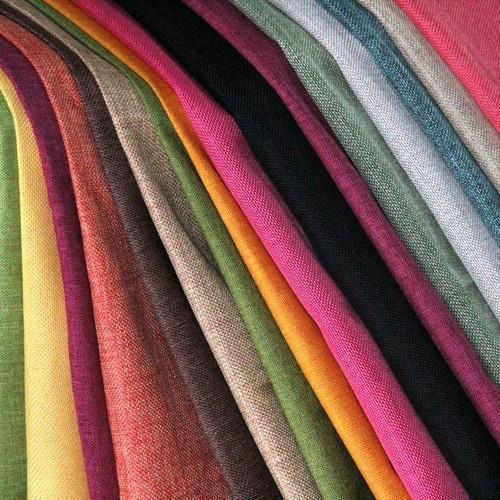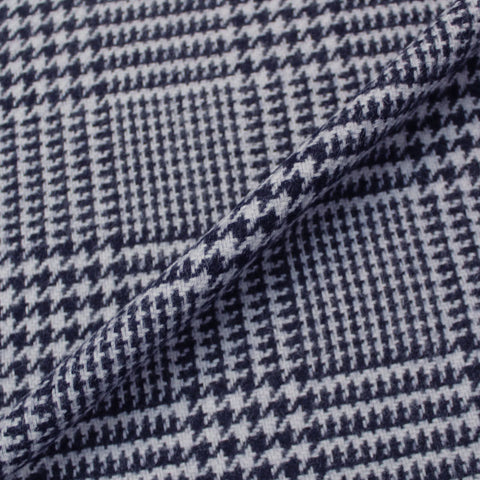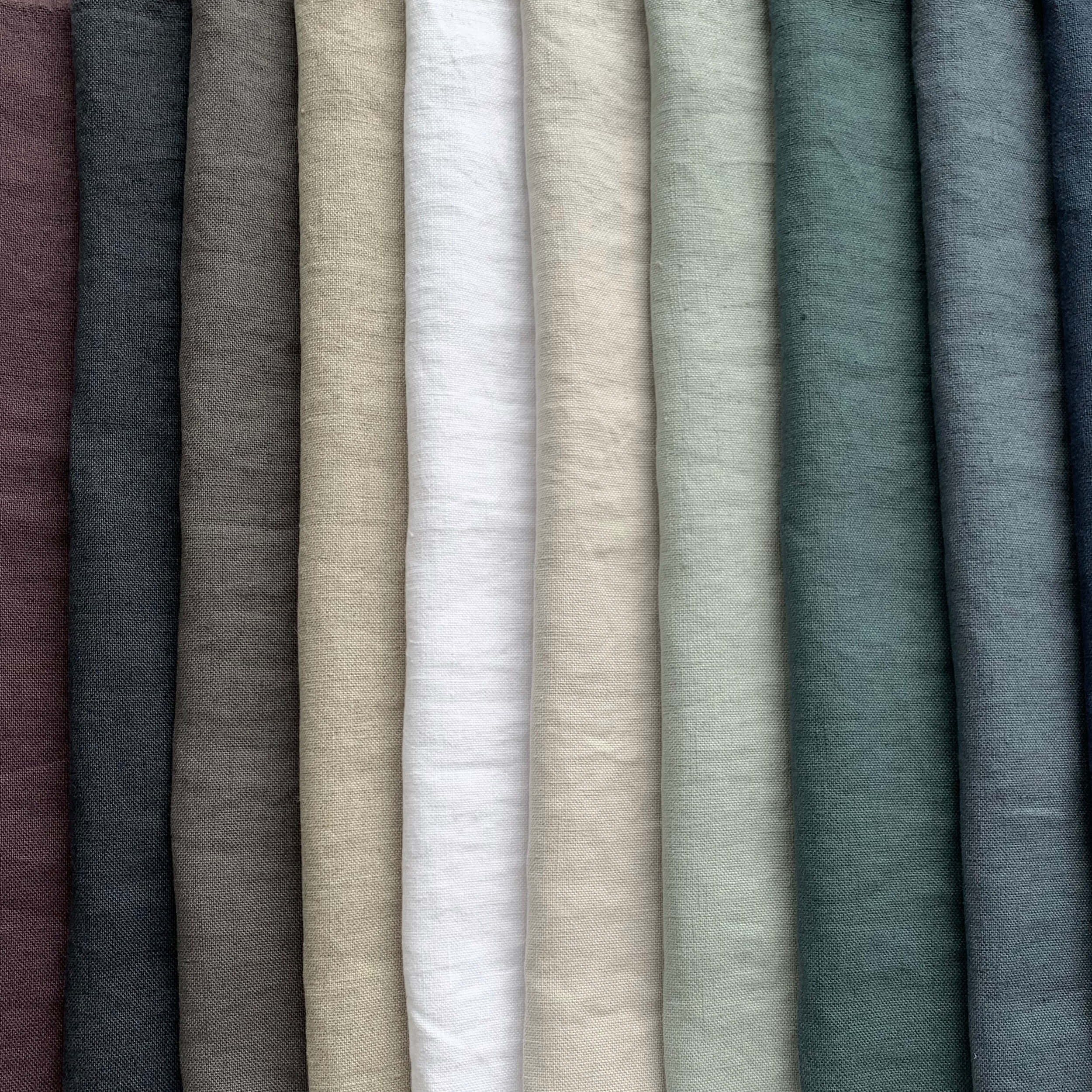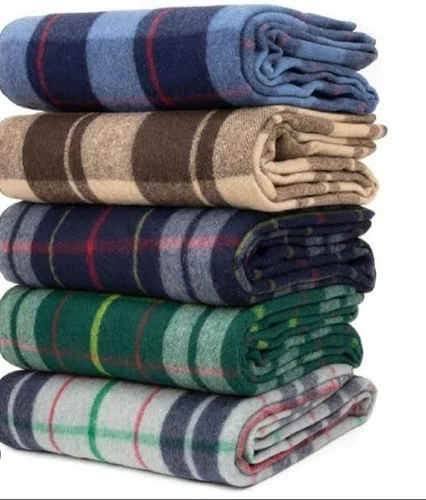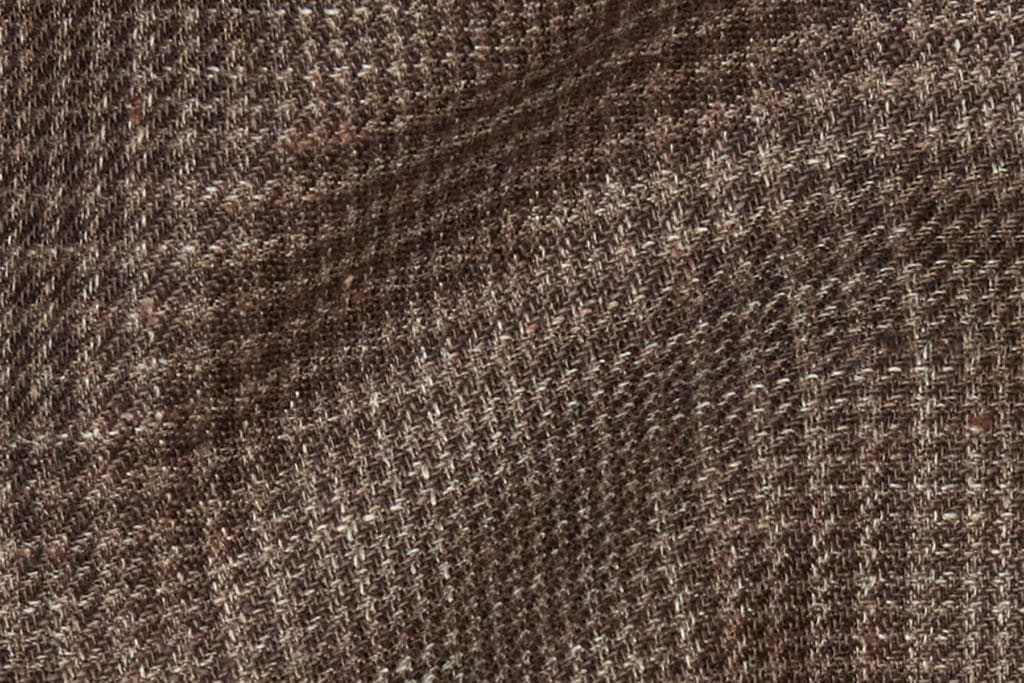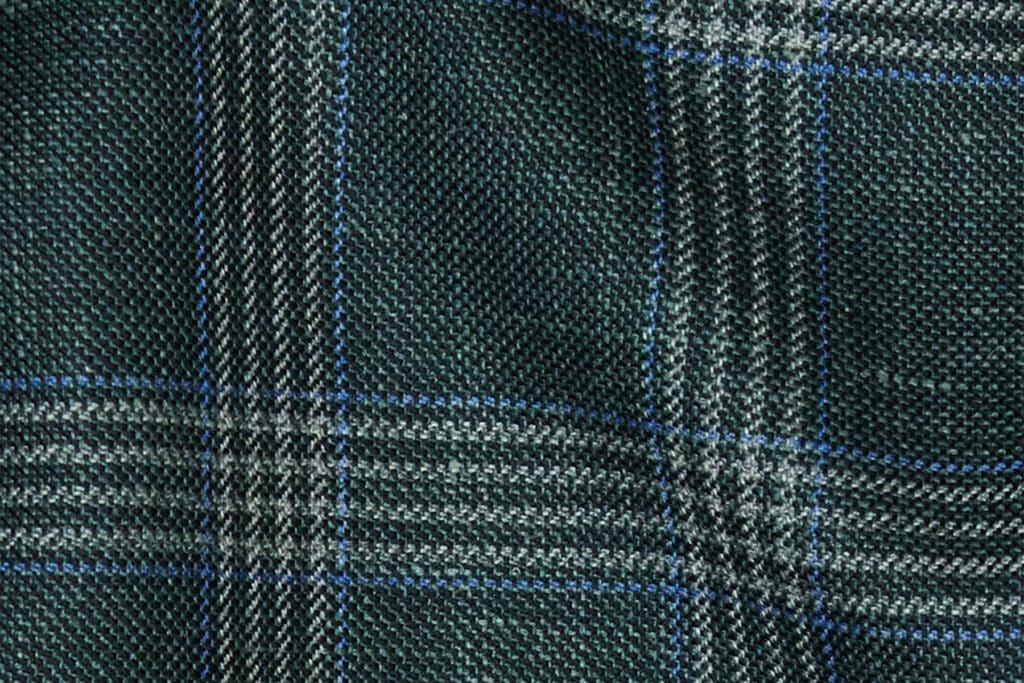Description
Wool blends have become increasingly popular in the textile industry, offering a versatile and durable option for a wide range of clothing and home textiles. By combining wool with other fibers such as cotton, polyester, or acrylic, manufacturers can enhance the properties of wool, making it suitable for various applications. For instance, blending wool with synthetic fibers can increase durability and reduce the need for special care, while cotton blends can enhance breathability and softness. This versatility allows for the creation of fabrics that cater to both high-performance requirements and everyday comfort.
Moreover, wool blends often retain the natural benefits of wool, such as moisture-wicking and temperature-regulating properties. These attributes make blended fabrics ideal for active wear and outer garments, as they help regulate body temperature and keep the wearer dry. The additional fibers in a blend can enhance the wool’s resilience, reducing pilling and wear over time. This combination not only improves the lifespan of the garment but also enhances its aesthetic appeal, allowing for a wide array of colors, patterns, and textures that may not be possible with pure wool.
From fashion to functional textiles, wool blends are an excellent choice for those seeking the best of both worlds. They can be found in everything from cozy sweaters and stylish coats to soft blankets and upholstery fabrics. As consumers continue to prioritize comfort alongside sustainability, the wool blend category is likely to grow even further, highlighting the innovative potential of fiber combinations in creating high-quality, eco-friendly products. Overall, wool blends showcase how traditional materials can be reimagined to meet contemporary needs without compromising on quality or performance.

